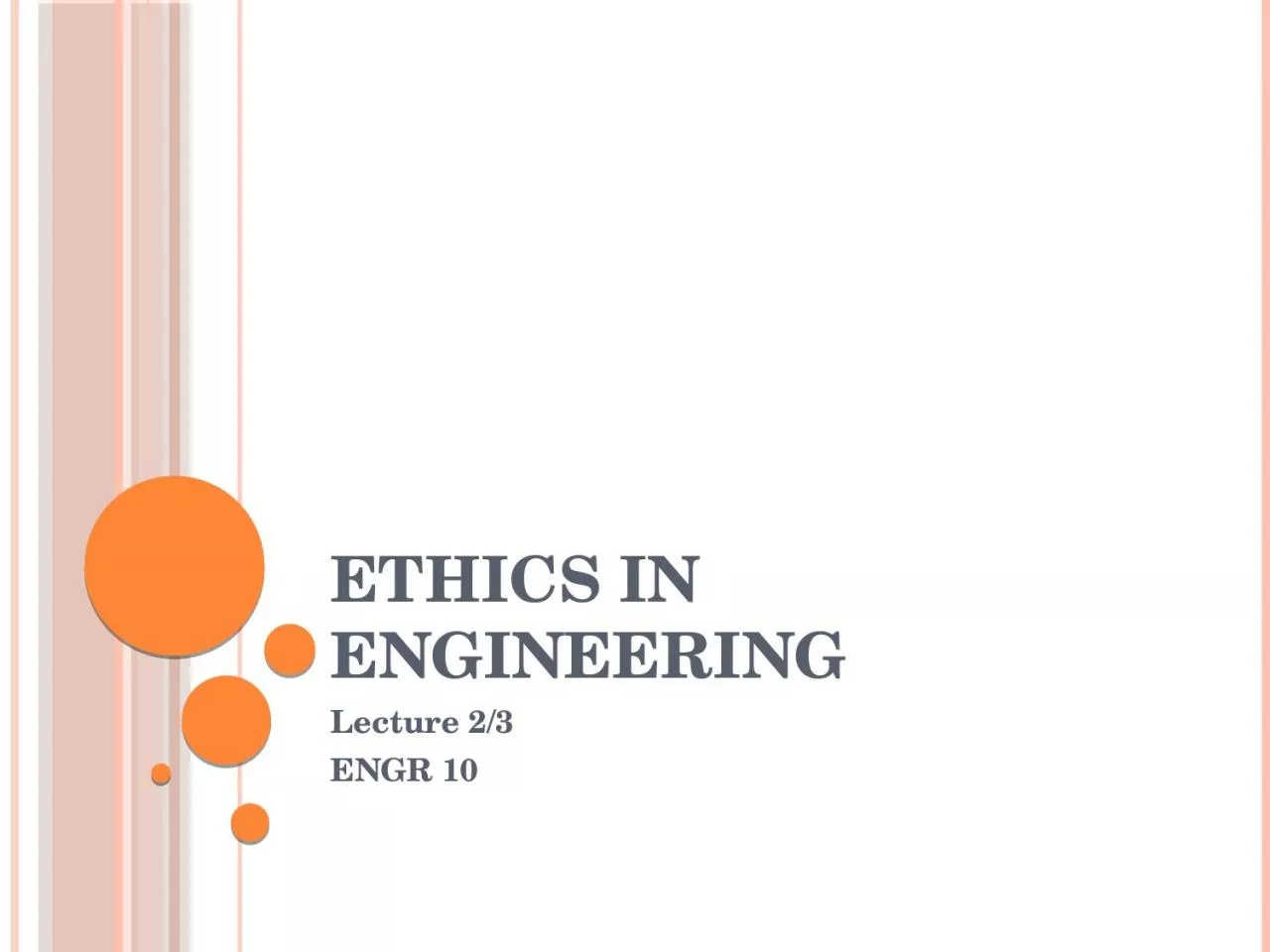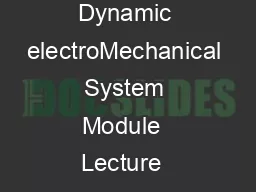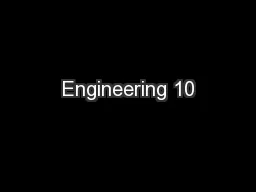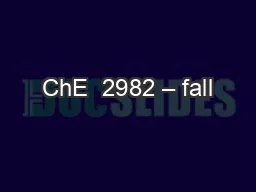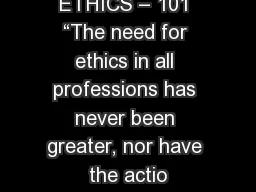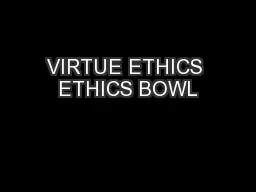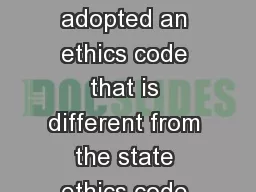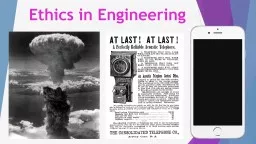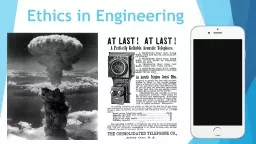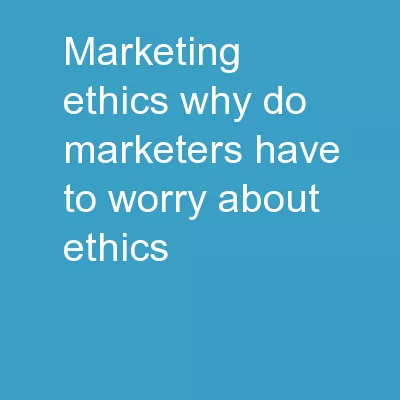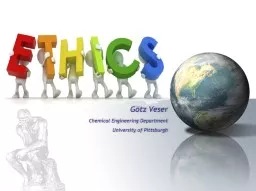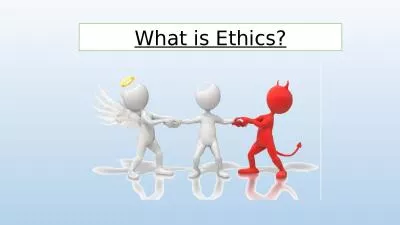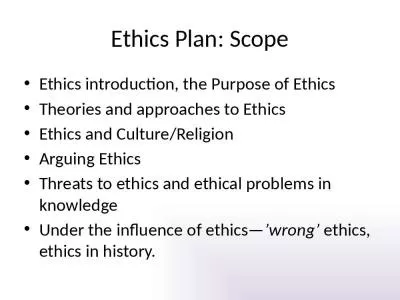PPT-Ethics in Engineering Lecture 2/3
Author : priscilla | Published Date : 2024-03-13
ENGR 10 Outline Brief Review Pentium Case Framework for Ethical DecisionMaking Moral Reasoning Case Studies Ethics Review System of moral principles Principles
Presentation Embed Code
Download Presentation
Download Presentation The PPT/PDF document "Ethics in Engineering Lecture 2/3" is the property of its rightful owner. Permission is granted to download and print the materials on this website for personal, non-commercial use only, and to display it on your personal computer provided you do not modify the materials and that you retain all copyright notices contained in the materials. By downloading content from our website, you accept the terms of this agreement.
Ethics in Engineering Lecture 2/3: Transcript
Download Rules Of Document
"Ethics in Engineering Lecture 2/3"The content belongs to its owner. You may download and print it for personal use, without modification, and keep all copyright notices. By downloading, you agree to these terms.
Related Documents

